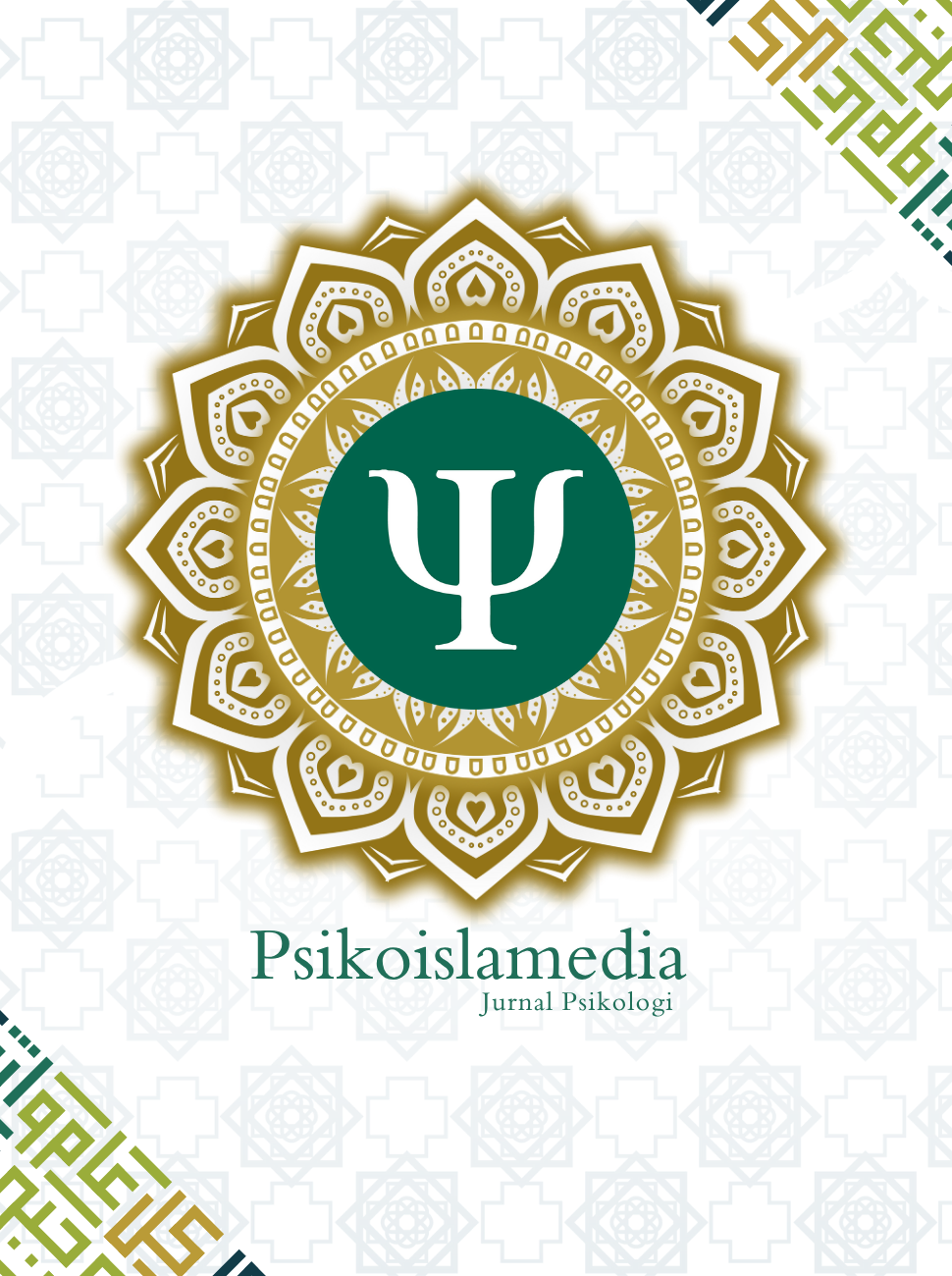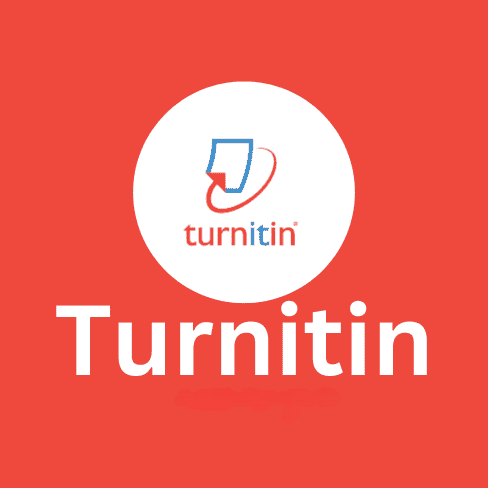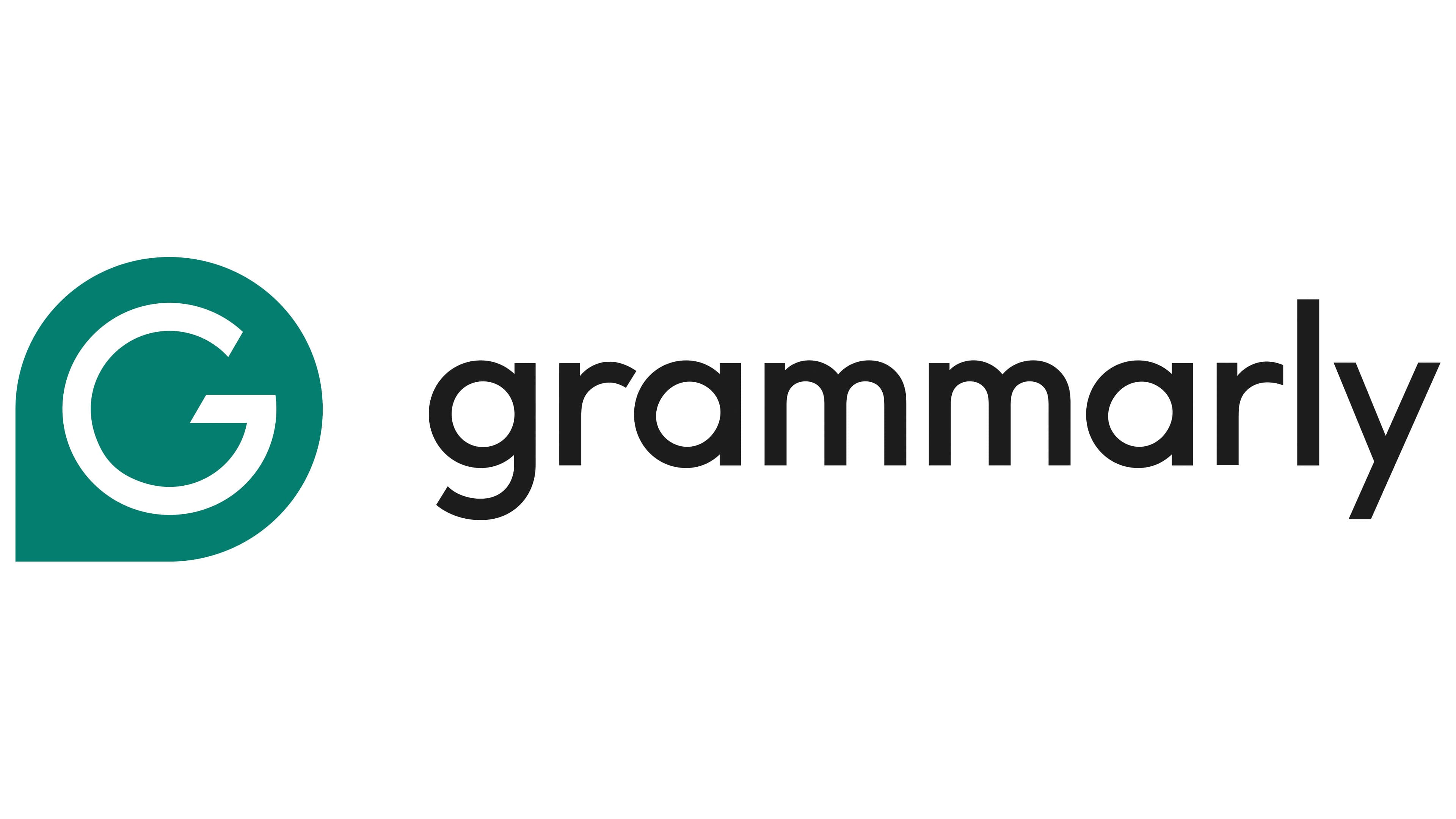INTERNET DAN PERILAKU CYBERLOAFING PADA KARYAWAN
DOI:
https://doi.org/10.22373/psikoislamedia.v4i1.6347Keywords:
Internet, cyberloafing behaviour and employeesAbstract
The existence of internet facilities has brought good changes in various aspects with the number of users for Indonesia reaching 132.7 million people, where internet users are dominated by Workers / Employees. The internet provides opportunities for employees to more easily improve performance, interact and create inspiration and creativity. But the internet can also have negative effects such as the occurrence of work procrastination behavior on employees that can interfere with productivity caused by the temptation caused by the internet, as a result of distraction at work through the activity of browsing various sites on the internet, who then reducing cognitive resources to work on their obligations. This study was the beginning or preliminary method using descriptive methods that examine cyberloafing of workers, as a new form of problems in the work environment so that they need to be watched and anticipated in order to increase employee and organizational productivity.References
Abidin, R., Abdullah, C.S., Hasnan, N., & Bajuri, A.L. (2014).The relationship of cyberloafing behavior with big five personality traits. Australian Journal of Basic and Applied Sciences. 8(12), 61-66.
Antariksa, Y. (2012). Tiga alasan penting kenapa akses internet harus ditutup selama jam kantor. Diakses pada tanggal 24 oktober 2017, dari http://strategimanajemen.net/2012/04/23/3-alasan-kenapa-akses-internet-kudu-ditutup-selama-jam-kantor/
Asosiasi Penyelenggara Jasa Internet Indonesia (APJII) (2016). Infografis Penetrasi dan Perilaku Pengguna Internet Indonesia 2016. Jakarta: Penerbit Polling Indonesia.
Askew, K. L. (2012). The relationship between cyberloafing and task performance and anexamination of the theory of palnned behavior as a model of cyberloafing. Disertation. University of South Florida.
Bappeda. (2014). Banda Aceh Islamic Cyber City. Diakses pada tanggal 14 Desember 2017, dari https://bappeda.bandaacehkota.go.id/program-strategis/baicc/
Blanchard, A., & Henle, C. (2008). Correlates of different form sof cyberloafing : The role of norms and external locus of control. Computers in Human Behavior. 24, 1067-1084. Ded. (2010). Ganggu pelayanan, PNS dilarang Facebook-an. Di akses pada tanggal 26 oktober 2017, dari https://news.okezone. com/read/2010/01/22/337/296570/ganggu-pelayanan-pns-dilarang-facebook-an
Garrett, R. K., James N., & Danziger. (2008). “Disaffection or Expected Outcomes: Understanding Personal Internet use During Work”. Journal of Computer-Mediated Communication. 13, 937–958.
Greenfield, D. N., & Davis, R. A. (2002). Lost incyberspace: The web at work. Journal of Cyber Psychology and Behavior. 5, 347-353.
Hurlock, E. B. (1990). Psikologi Perkembangan: Suatu Pendekatan Sepanjang Rentang Kehidupan. Alih Bahasa: Soedjarwo dan Iswidayanti. Jakarta: Erlangga.
Kemp, S. (2017). Digital di asia tenggara tahun 2017. Diakses pada tanggal 7 februari 2018 dari, https://wearesocial.com/special-reports/digital-southeast-asia-2017
Lim, V. K., & Chen, D. J. (2012). Cyberloafing at workplace: gain or drain on work?. Behavior & Information Technology. 31( 4), 343-353.
Malhotra, S. (2013). Cyberloafing a holistic perspective. An Online Interdisciplinary, Multidisciplinary dan Multi-cultural Journal, 2. Diunduh 02 September 2018 dari http://www.bharatcollege.in/PDFs/cyberloafing-%E2%80%93-a-holistic-perspective.pdf
Ozler, D. E., & Polat, G. (2012). Cyberloafing phenomenon in organization: Determinants and Impact. International Journal of eBusiness and eGovernment Studies. 4(2), 1-15.
Peabody, D., L.R. Goldberg. (1989). Some determinants of factor structures from personality trait discriptors. Journal of Personality and social Psychology. 57, 552-567.
Rustandi, F. D. (2016). Pengaruh regulasi diri terhadap perilaku cyberloafing pada karyawan di Kota Bandung. No. Skripsi : 612/SKRIPSI/PSI/FIP-UPI.10.2016
Selwyn, N. (2008). “A safehaven formisbehaving?Aninvestigationofon line misbehavior among university students”. Social Science ComputerReview. 26, 446-465.
Sugiyono. (2013). Metode Penelitian Kuantitatif, Kualitatif, dan Kombinasi (Mixed Methods). Bandung: Penerbit Alfabeta. Undang-Undang Republik Indonesia Nomor 5 tahun 2014. (2014). Aparatur Sipil Negara. Di akses pada tanggal 19 Februari 2018, dari https://luk.staff.ugm.ac.id/atur/UU5-2014AparaturSipilNegara.pdf
Ugrin, J. C., Pearson, J. M., & Odom, M. D. (2007). Profiling cyber-slackers in the workplace: demographic, cultural and workplace factors. Journal of Internet Commerce. 6(3), 75-89.
Vitak, J, Crouse,J, & LaRose, R. (2011). PersonalInternet useat work: Understanding cyberslacking.Computers in Human Behavior. 27, 1751–1759
Downloads
Published
Issue
Section
License
Authors who publish in this Journal agree to the following terms:
- Authors retain copyright and grant the journal right of first publication with the work simultaneously licensed under Attribution-ShareAlike 4.0 International (CC BY-SA 4.0) allows others to share the work with an acknowledgment of the work's authorship and initial publication in this journal.
- Authors are able to enter into separate, additional contractual arrangements for the non-exclusive distribution of the journal's published version of the work (e.g., post it to an institutional repository or publish it in a book), with an acknowledgment of its initial publication in this journal.
- Authors are permitted and encouraged to post their work online (e.g., in institutional repositories or on their website) prior to and during the submission process, as it can lead to productive exchanges, as well as earlier and greater citation of published work. (See The Effect of Open Acces)














